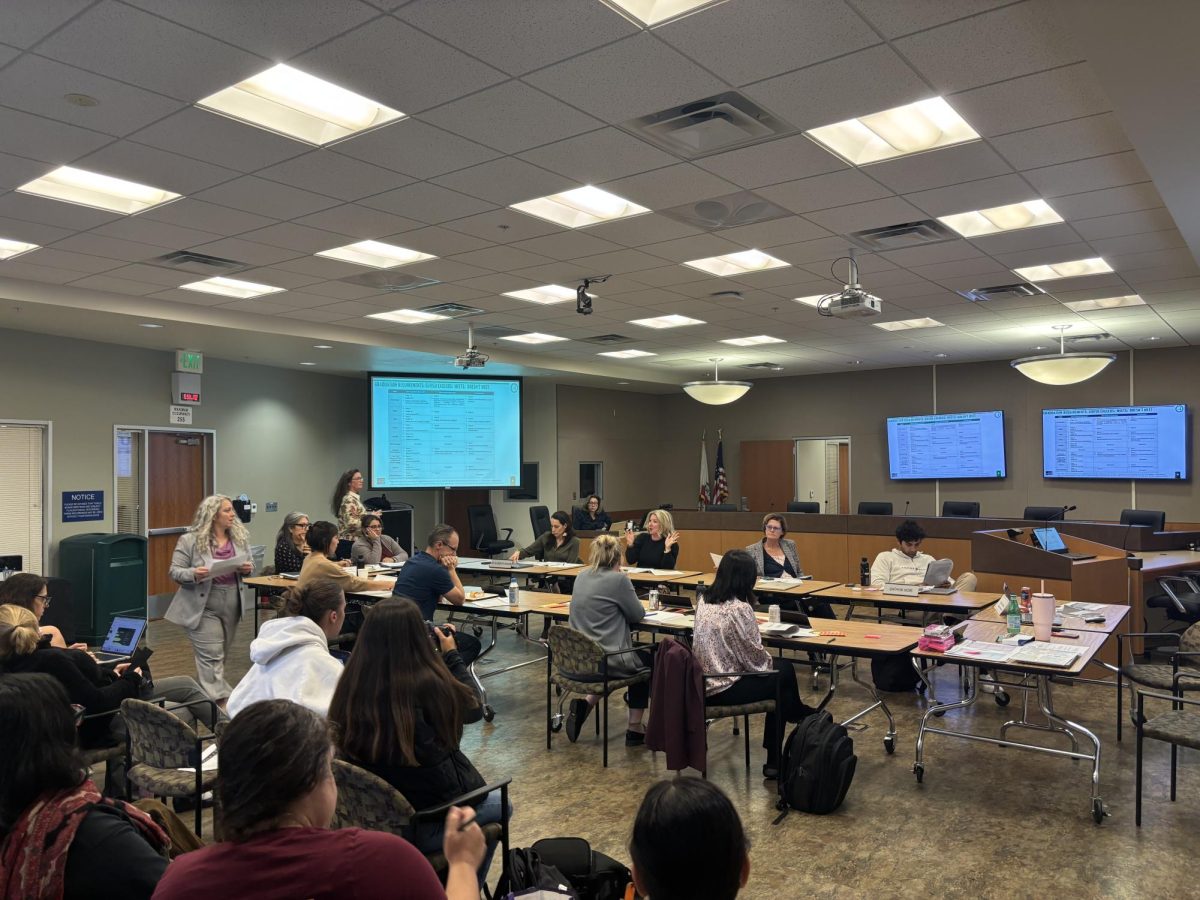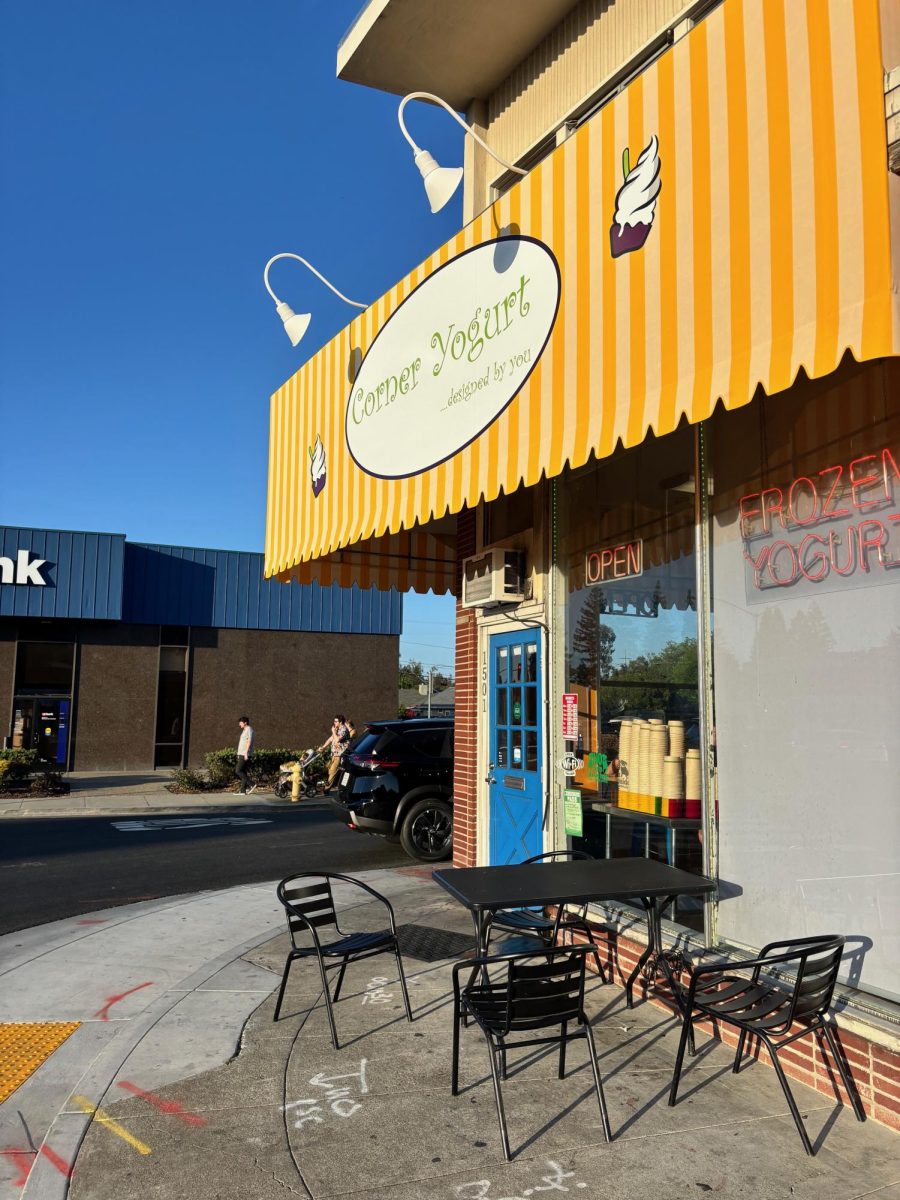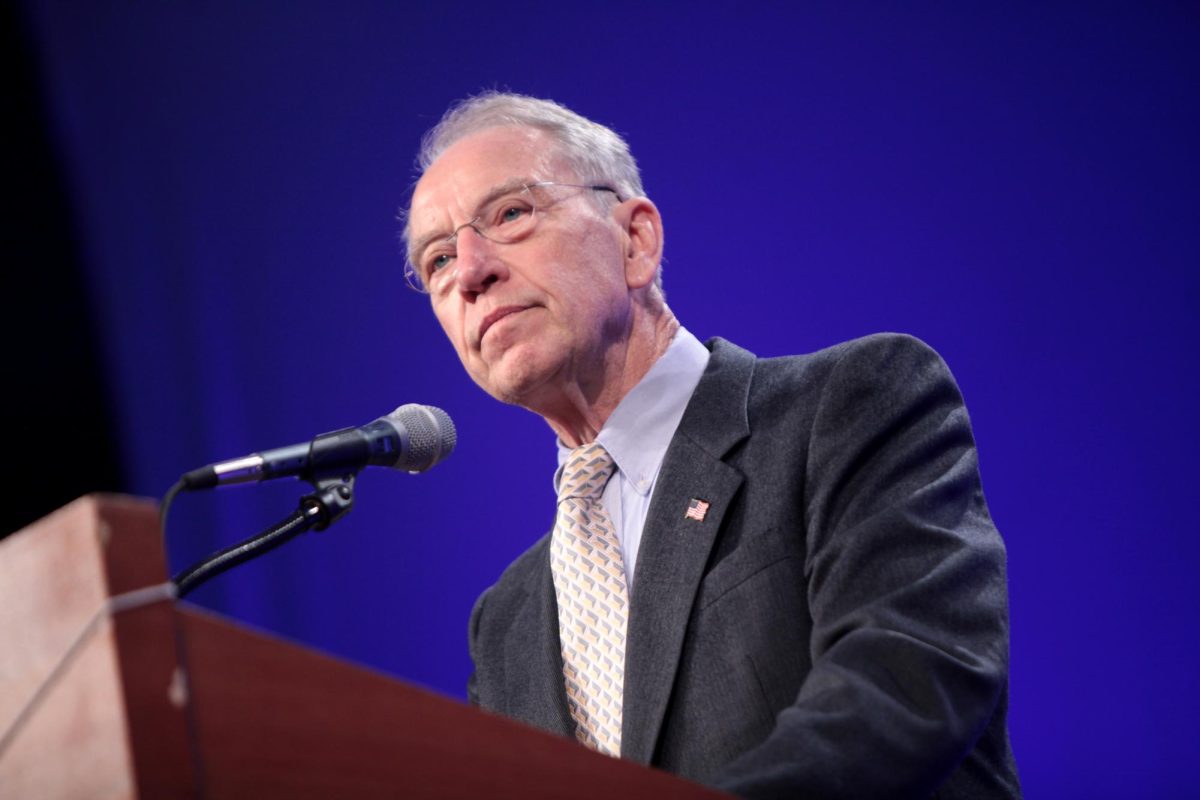Public school negotiations in California have been going on since 1975 when the Rodda Act was passed allowing for collective bargaining in public school districts which allows Woodside teachers and staff to negotiate for contracts they strive for.
Recently, SUSHD Negotiations concluded and an agreement was made to create changes in wages, organization rights, hours, health and welfare, leave, procedure, and more. The proposal was published to the public in March and negotiations started in May of 2023.
“The settlement was a two-year contract. The main part was the wage increase [by 7.75%],” Woodside Administrative Vice Principle and member of the district bargaining team Wendy Porter said.
The process for negotiations and unions takes place many months before the final agreements are created. The final goal of these negotiations is to bargain in order to create better wages, benefits, and conditions for teachers in our district.
“SDTA and the District were able to come to a tentative agreement at the end of our 10/27 meeting,” SDTA President Edith Salvatore said. “We took a few days to review the documents and make sure everything was included correctly and then announced the settlement on November 1st to our members, who voted to ratify it in an election held between the 7th and 9th of November. It was ratified with a 97% vote. The next step is approval by the Board of Trustees on 11/27.”
Members of the SDTA strive to negotiate better conditions in their contracts. This contract is made up of many proposals by members in order to satisfy the needs of everyone in the district.
“I think that teachers and educators should have fair and supportive compensation,” Porter said. “You have to balance that with the fiscal responsibility of a district, [they] can’t pay more money than [they have].”
Even with negotiations and new contracts, many employees in the district are still earning below the California Housing and Community Development’s “Low Income” levels. The low-level income for an individual in San Mateo County is about $104,400 due to California prices but many members do not make that much.
“I believe that teachers across our state and our country are underpaid,” Salvatore said. “ The “Teacher Pay Gap” [which is] the difference between the average salary paid to a teacher compared with similarly educated professionals is a real thing.”
The fact is that teachers in the union are not paid enough compared to other jobs in San Mateo County. The Bay Area is one of the hardest areas to survive in (money-wise) and less pay can cause problems in people’s lives.
“Teachers work harder for less money and less respect than they could get with a similar level of education in a variety of fields and that is something that needs to be addressed at a funding level,” Salvator added.




















